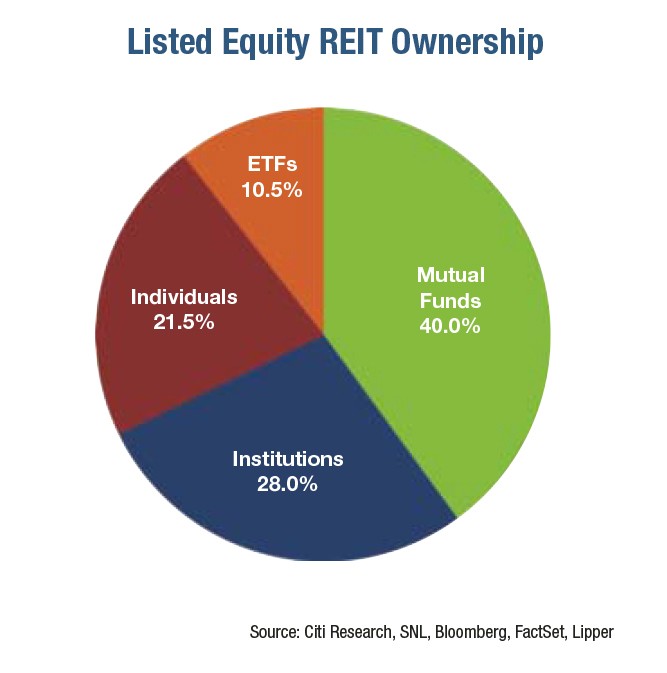Measuring Performance Complete Guide To Investment Companies Funds And REITs
Post on: 2 Май, 2015 No Comment

Exchange-Traded Funds — Measuring Performance
ETFs and mutual funds share similar methods of performance measurement. Like mutual funds, ETF prices are determined by the value of the underlying securities in the fund. This value rises and falls with the value of the underlying investments. NAV only tells part of the performance story, as dividends and capital gains must also be taken into consideration when calculating the total return on the investment.
Tracking Errors
Although rarely considered by the average investor, tracking errors can have an unexpected material effect on an investor’s returns. It is important to investigate this aspect of any ETF index fund before investing.
Running an ETF index fund might seem like a simple job, but it can actually be quite difficult. ETF index fund managers often employ complex strategies in order to track their target index in real time, with fewer costs and greater accuracy than their competitors.
Many market indexes are market capitalization weighted. This means that the amount of each security held in the index fluctuates, according to the ratio of its market capitalization against the total market capitalization of all securities in the index. Since market capitalization is market price times shares outstanding, fluctuations in the price of securities can cause the composition of these indexes to change constantly.
An index fund must execute trades in such a way as to hold hundreds or thousands of securities precisely in proportion to their weighting in the constantly changing target index. In theory, whenever an investor buys or sells the ETF index fund, trades for all of these different securities must be executed simultaneously at the current price. This is not the reality. Although these trades are automated, the fund’s buy and sell transactions may be large enough to slightly change the prices of the securities it is trading. In addition, trades are often executed with slightly different timing, depending on the speed of the exchange and the trading volume in each security.
The key is for investors to understand what they are buying. Make sure that the ETF index fund you are considering does a good job of tracking its index. Key metrics to look for here are the fund’s R-squared and beta. R-squared is a statistical measure that indicates how well the index fund’s price movements correlate with index. The closer the R-squared is to one, the closer the index fund’s ups and downs match those of the target index.
You will also want to ensure that the fund’s beta is very close to the target index’s beta. This means that the fund has about the same risk profile as the index. Theoretically, a fund can have a close correlation with its index, but still fluctuate by a greater or lesser margin than the index, which will be indicated by a different beta. These two metrics together indicate that the fund will track the index very closely. Finally, a visual inspection of the fund’s returns versus its benchmark index is a good sanity check on the statistics. Be sure to look at different periods to make sure the index fund tracks the index well over both short-term fluctuations and long-term trends.














